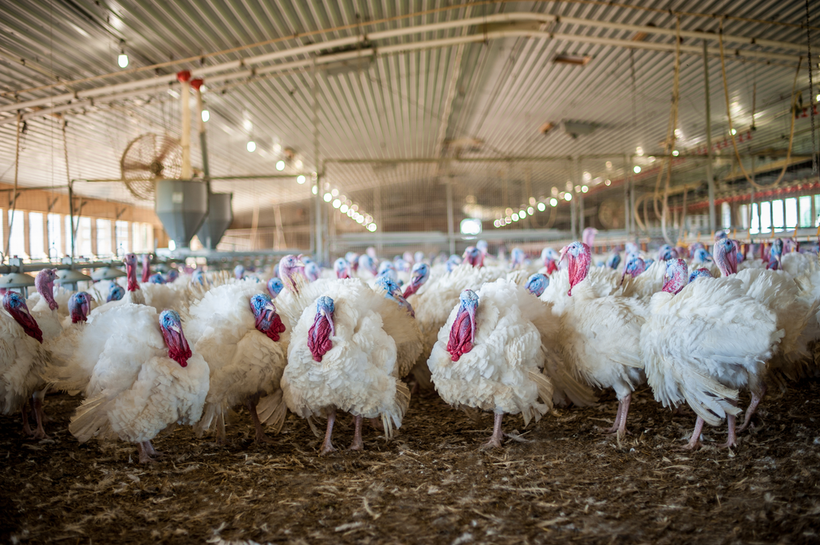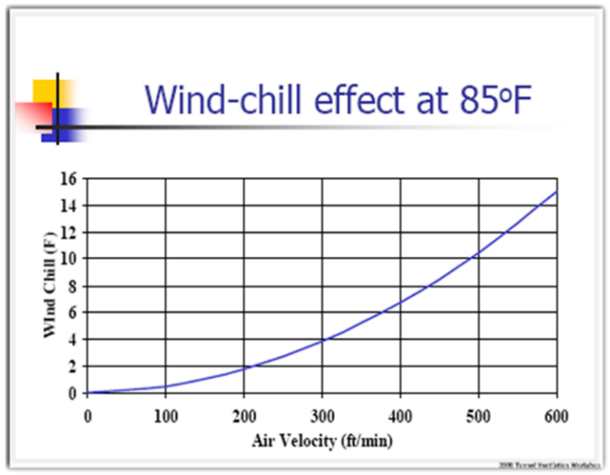
Published on May 20, 2025
Tunnel Ventilation: A Key Tool During "Transition Weather"
Did you know? Tunnel ventilation systems are not just for extreme heat, they’re also essential for managing ventilation during transitional weather.
As the seasons shift and outdoor temperatures fluctuate, managing the indoor climate in turkey barns becomes a challenge. Transitional weather, including spring and fall, brings variable conditions that can stress birds if ventilation isn’t closely managed. During these times, tunnel ventilation serves as a proactive tool to maintain bird comfort.
Why Use Tunnel Ventilation in Mild Conditions?
While tunnel ventilation is often associated with hot summer days, it also plays a critical role in moderating indoor climate during less predictable transitional periods. This method of ventilation helps maintain consistent airflow and supports bird health.
Even during moderately warm days — with outdoor highs in the 65–80°F (18–27°C) range — birds can experience heat stress without proper airflow. Tunnel ventilation can be strategically used to gently move air and support evaporative cooling if needed.

Creating the Right Comfort Zone
Birds thrive when kept in the Thermal Neutral Zone, which typically ranges between 55°F and 75°F (13°C and 24°C). This is the range in which birds maintain body temperature without expending extra energy, promoting optimal feed conversion and welfare. This information is based on birds that are fully feathered and developed. Younger birds can benefit from tunnel ventilation but at slower air speeds depending on the age of the birds.
Younger birds require lower airspeeds, even in tunnel mode. As birds age and become fully feathered, increasing air velocity helps to maintain a consistent “real feel” temperature across the barn.
As birds grow into the mature stage of development, managing ‘real feel’ or effective temperatures becomes increasingly important. Effective temperatures are calculated by taking the actual temperature minus the windchill effect.


Airspeed: Fine-Tuning Tunnel Ventilation in Transitional Months
One of the biggest advantages of tunnel ventilation in the spring or fall is the ability to modulate airspeed to match daily weather patterns. During cool mornings that transition to warm afternoons, tunnel fans can be staged to ramp up airflow gradually. This avoids abrupt environmental changes that could stress the flock.
Managing Humidity in Mild Seasons
Humidity management is just as important in the spring and fall. While the risk of overheating is lower, relative humidity (Rh) can remain high, particularly in the morning hours. By carefully balancing airspeed and cooling systems, you can avoid high Rh levels that contribute to wet litter and bird discomfort.
Every 1°F of evaporative cooling adds roughly 2.5% to Rh, so it's crucial to monitor conditions closely before initiating foggers or cool cell systems during transitional months.
Final Thoughts
Tunnel ventilation isn’t just for the dog days of summer, it’s a vital tool for transitional weather management. With strategic use, it helps maintain a stable environment and supports bird performance.
By paying close attention to wind speed, humidity, and effective temperature, you can create a consistent comfort zone and promote good air quality, allowing birds to thrive through every season of the year.



